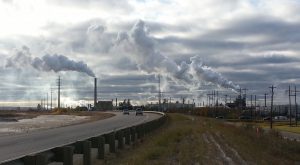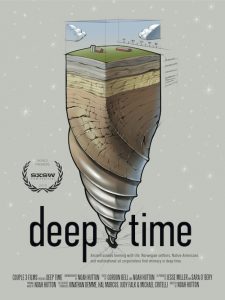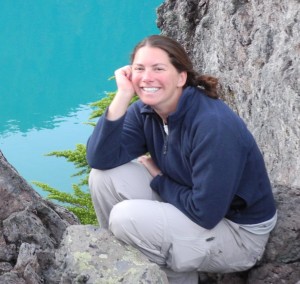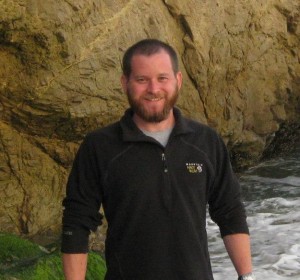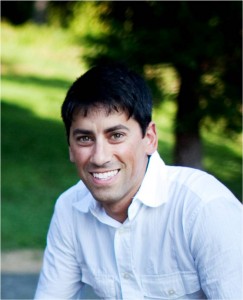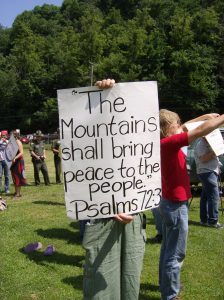 From Joe Witt: At first glance, the southern Appalachian areas of West Virginia, Virginia, Kentucky, and Tennessee might appear to be prototypical “Trump country.” Rural, religiously conservative, predominantly white, and economically depressed, the region seems like fertile ground for Trump’s so-called populist revolt. Indeed, Trump won the Appalachian states of West Virginia and Kentucky with 68% and 63% of the vote, respectively, largely on a promise to “legalize coal.” Taking his cues from local politicians, Trump deployed a familiar narrative: the ongoing decline in the coal industry was not due to international market forces, competition from cheaper forms of energy such as natural gas, or a general reduction of reserves following a century of intensive mining. Instead, the “war on coal” was caused by excessive environmental regulation foisted upon an unwilling people by distant and aloof political elites. In Appalachia, where many claim that “coal is king,” such narratives have become commonplace and many still see a revival of the coal industry through the removal of environmental protections as Appalachia’s only hope for revival.
From Joe Witt: At first glance, the southern Appalachian areas of West Virginia, Virginia, Kentucky, and Tennessee might appear to be prototypical “Trump country.” Rural, religiously conservative, predominantly white, and economically depressed, the region seems like fertile ground for Trump’s so-called populist revolt. Indeed, Trump won the Appalachian states of West Virginia and Kentucky with 68% and 63% of the vote, respectively, largely on a promise to “legalize coal.” Taking his cues from local politicians, Trump deployed a familiar narrative: the ongoing decline in the coal industry was not due to international market forces, competition from cheaper forms of energy such as natural gas, or a general reduction of reserves following a century of intensive mining. Instead, the “war on coal” was caused by excessive environmental regulation foisted upon an unwilling people by distant and aloof political elites. In Appalachia, where many claim that “coal is king,” such narratives have become commonplace and many still see a revival of the coal industry through the removal of environmental protections as Appalachia’s only hope for revival.
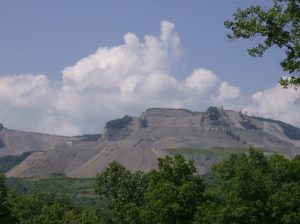 Despite this high level of support for coal in the region, though, there remains a strong, local resistance movement to the industry. It may be tempting to see Trump’s victory in Appalachia as reflecting a broader disconnect between rural, working class whites and a broader nation that misunderstands their needs and concerns. While certainly worthy of further investigation, such accounts might also uncritically support a conservative narrative equating the working class with anti-regulation, anti-environment and xenophobic policies, masking the times that the poor and working class have forged complex alliances with other stakeholders to fight for environmental justice, worker’s rights, and against corporate power. Appalachia may indeed be “coal country” for some, but it has also been the site of do-it-yourself style community organizing and long-lived resistance to economic and environmental exploitation. The radical spirit of organizers and educators like Mother Jones, Myles Horton, and Don West lives on in the work of Judy Bonds, Maria Gunnoe, Larry Gibson, and numerous others who continue to fight for environmental and social justice. Against a seemingly overwhelming emphasis on coal as the key for Appalachia’s future, these activists and numerous other community members work toward more equitable, just, and environmentally-sound futures for the region.
Despite this high level of support for coal in the region, though, there remains a strong, local resistance movement to the industry. It may be tempting to see Trump’s victory in Appalachia as reflecting a broader disconnect between rural, working class whites and a broader nation that misunderstands their needs and concerns. While certainly worthy of further investigation, such accounts might also uncritically support a conservative narrative equating the working class with anti-regulation, anti-environment and xenophobic policies, masking the times that the poor and working class have forged complex alliances with other stakeholders to fight for environmental justice, worker’s rights, and against corporate power. Appalachia may indeed be “coal country” for some, but it has also been the site of do-it-yourself style community organizing and long-lived resistance to economic and environmental exploitation. The radical spirit of organizers and educators like Mother Jones, Myles Horton, and Don West lives on in the work of Judy Bonds, Maria Gunnoe, Larry Gibson, and numerous others who continue to fight for environmental and social justice. Against a seemingly overwhelming emphasis on coal as the key for Appalachia’s future, these activists and numerous other community members work toward more equitable, just, and environmentally-sound futures for the region.
This spirit of resistance is particularly evident in the 21st century movement against mountaintop removal surface mining. Appalachians have opposed the social, economic, and environmental damages of surface mining for decades; but in the early 2000s, this long-lived resistance entered into a new phase, particularly with the instigation of the Mountain Justice Summer direct action campaign. The anti-mountaintop removal movement brought together many diverse stakeholders—retired miners, clergy, educators, youth, elders, scientists, and activists—who, through their tensions, negotiations, and collaborations helped to bring mountaintop removal to international attention, revive civil disobedience and direct action tactics in a post-9/11 political environment, and forge a strong, creative, community-based movement for justice and economic revitalization.
Before starting as an Assistant Professor of Environmental Humanities at the Middlebury School of the Environment, I was fortunate to be able to engage in this movement, both as a participant and a scholar. As I observed the movement grow and change over about a decade, I discovered that these activist efforts were frequently grounded in specific religious and ethical commitments to the place and people of Appalachia. Evangelical Christians, Catholic social justice activists, American Indian religious practitioners, and numerous other advocates of nature-revering spiritualities worked together to develop and advocate for a collective vision of the region, rejecting utilitarian economic arguments supporting coal mining in favor of the affective spiritual and ethical values of place. In their critiques of the coal industry, Appalachian activists deployed what Indian environmental historian Ramachandra Guha called a “vocabulary of protest.” They not only challenged a specific mining practice, but also the ethical systems in which that practice was based, offering new visions of a post-coal Appalachia that moved beyond capitalist exploitation toward more localized, just economies and ecological sustainability.
While the struggle against coal and its damages in Appalachia is ongoing, the case of the 21st century anti-mountaintop removal movement provides important lessons about effective community-based collaboration to address pollution, injustice, and climate change. Despite internal tensions and conflicts, the story of the movement demonstrates the power that local communities can harness against seemingly indestructible corporate forces. In an age of unprecedented threats to the environment, to the poor, marginalized, and disenfranchised, and to democracy itself, stories like these of resistance, dissent, and resilience in light of oppression, exploitation, and totalitarianism have become all-the-more important.
More information about these issues can be found in Religion and Resistance in Appalachia (University Press of Kentucky, 2016). See also: http://www.kentuckypress.com/live/title_detail.php?titleid=3878#.WIuJQ9IrKUk.
